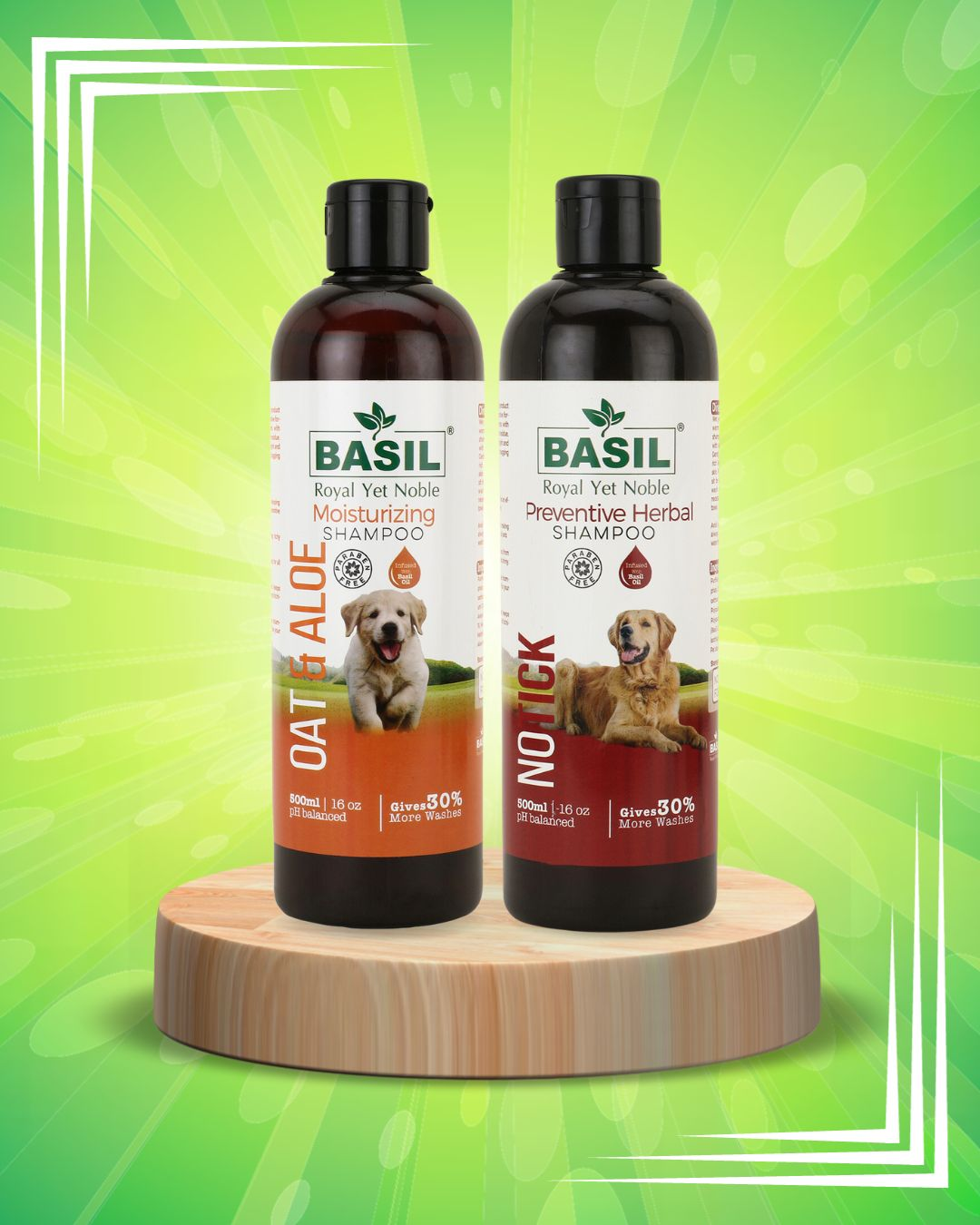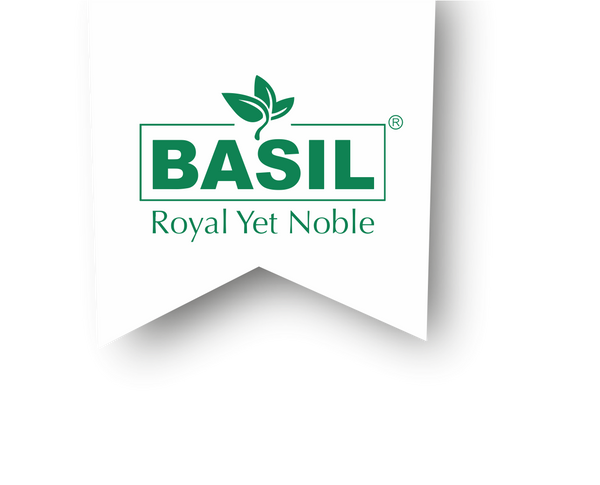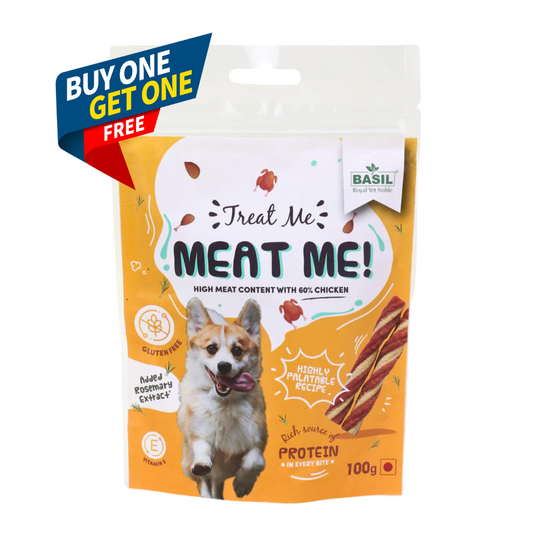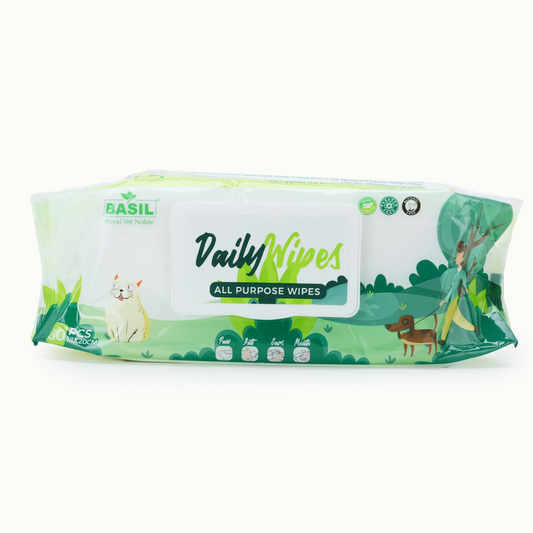Do you remember the freedom of walking your dog without a leash in complete peace? Perhaps you've struggled with a dog that pulls you to the shop.
Welcome to the world of dog harnesses!
These modern leash-holders aren't just about fashion but safety and comfort. Whether you have a playful puppy, a senior dog, or a brachycephalic breed, a dog harness can make a significant difference.
Dog harnesses have many options in design, size and features that best fit any dog's requirements. Whether you have a playful puppy with tugging issues, a senior dog with problems with balance, or a brachycephalic breed with sensitive airways, a dog harness can make a big difference.
The harnesses allow you to relieve your dog of its entire weight, which falls on the chest and shoulders, easing the pressure on the neck and the trachea. This relieves the dog from pain because it cannot drag the harness, or the straps will choke it or cause injuries. The harness also protects the dog by preventing him from hurting himself.
So, if you're tired of struggling with your dog's pulling habits or worried about the neck restraints that collars can cause, it's time to explore the fantastic range of harnesses available for your dog. This guide has provided a comprehensive comparison of harnesses and collars, highlighting the benefits of harnesses.
Now, it's your turn to choose the best gear for your canine companion. With a suitable harness, leash walks can become a pleasure for you and your dog, allowing you to explore the world together comfortably and at peace.
Dog Harnesses: A Secure and Comfortable Option

A dog harness is a vest-like equipment wrapped around your dog's chest and shoulders. It typically features a leash attachment point on the back, distributing pressure evenly across the body. Unlike collars, dog harnesses minimise strain on the neck, making them a great choice for:
- Dogs who pull on walks: Harnesses provide better control without causing choking or discomfort.
- Brachycephalic breeds: Flat-faced breeds like pugs, bulldogs, and Shih Tzus have sensitive airways. Harnesses alleviate pressure on the trachea, making walks safer.
- Dogs with injuries or neck conditions: Harnesses offer support without stressing a recovering neck or back.
- Senior dogs: Harnesses offer extra support and stability for older pups struggling with balance.
Harness Benefits: A Deeper Dive
Here's a closer look at the advantages of using a dog harness:
- Comfort and Safety: Harnesses distribute pressure evenly across the chest and shoulders, preventing strain on the neck and trachea. This is especially crucial for dogs who pull or have respiratory issues.
- Increased Control: When a dog pulls on a leash attached to a harness, it redirects their energy forward rather than upwards. This makes walks more manageable and prevents them from choking themselves.
- Training Aid: Harnesses are excellent tools for leash training. Since they don't put pressure on the neck, they allow you to guide your dog without causing discomfort, making training sessions more positive and effective.
One of the exciting aspects of dog harnesses is their versatility. Many harnesses come with additional features like handles for lifting, reflective strips for nighttime visibility, and attachment points for carrying bags. This versatility opens up a world of possibilities for your dog's walking experience, making it safe, comfortable, fun, and adventurous.
Types of Dog Harnesses
The variety of dog harnesses can be bewildering. Here are the most common types to consider:
- Standard H-Harness: This classic Y-shaped harness is a good all-rounder, offering comfort and control.
- Front-Clip Harness: This harness features a leash attachment point on the chest, redirecting pulling forces and discouraging unwanted behaviour.
- Back-Clip Harness: The traditional leash attachment point on the back allows for more relaxed walks with minimal pulling resistance.
- No-Pull Harness: These harnesses utilise various designs to discourage pulling through gentle pressure or redirection.
Choosing the Right Dog Harness
Finding the perfect dog harness is all about fit and function. Here are some key considerations:
- Size: Measure your dog's chest girth and neck circumference to ensure a snug but comfortable fit. A loose harness can chafe or slip off, while a tight one can restrict movement and cause discomfort.
- Material: Breathable mesh or padded nylon are comfortable choices for everyday use. Opt for reflective material for nighttime walks.
- Adjustability: Adjustable straps allow for a customised fit that grows with your dog (essential for puppies).
- Durability: Choose a well-made harness that withstands pulling and everyday wear and tear.
Collars: The Classic Choice

Collars have been the traditional walking gear for centuries. They are simple, affordable, and come in many styles. However, collars might not be the best option for all dogs.
Collar Benefits:
Collars offer some advantages, including:
- Ease of Use: Collars are quick and easy to put on and take off, making them convenient for everyday walks.
- Identification: Collars are the ideal place for your dog's ID tag and rabies tag.
- Training: Collars work well for basic leash training, particularly for smaller dogs who don't pull excessively.
Collar Considerations
While collars are a popular choice, some drawbacks need to be considered:
- Neck Strain: Collars put pressure on the neck, which can be uncomfortable for dogs who pull or have respiratory issues.
- Limited Control: Collars offer less control than harnesses, making walks with strong pullers more challenging.
- Potential for Escape: A loose collar can easily slip off, leading to an escape.
Choosing the Right Dog Collar
If you decide to go with a collar, ensure it fits properly. A collar that's too loose can slip off, while a tight one can cause discomfort. Here are some additional tips:
- Material: Choose a comfortable material like soft leather or padded nylon.
- Width: Select a collar width appropriate for your dog's size. A wider collar distributes pressure more evenly and is more comfortable for larger breeds.
- Buckle or Martingale: Opt for a secure buckle closure or a martingale collar that tightens slightly when your dog pulls, preventing accidental escape.
Harness vs Collar
There's no single answer to the harness vs collar debate. The ideal choice depends on your dog's individual needs:
- A dog harness is a clear winner for dogs who pull on walks, brachycephalic breeds, senior pups, or those with neck injuries. It provides comfort, safety, and superior control.
- A collar can be convenient for well-trained, small—to medium-sized dogs who don't pull excessively. It allows for easy identification and basic leash training.
Combining Harness and Collar: Many dog owners find using both a harness and a collar beneficial. The harness can be used for walks and training, while the collar holds your dog's ID tags and can be worn comfortably all day.
Additional Tips for Safe and Enjoyable Walks
Whether you choose a harness or a collar, prioritise proper fit and comfort for your dog. Regularly check the equipment for signs of wear and tear and replace it when necessary. Here are some additional tips for a more enjoyable walking experience:
- Start leash training early: Teach your dog to walk calmly on a leash from a young age.
- Use positive reinforcement: Reward good walking behaviour with treats and praise.
- Choose the right walking environment: When your dog is still learning leash manners, avoid busy streets or overly stimulating areas.
- Make walks fun: Keep your walks varied and engaging for your dog. Explore new trails, sniff exciting spots, and incorporate playtime into your walks.
Conclusion
Lastly, dog harnesses vs. collars have much to do with your dog's specific needs. Although a collar is quite comfortable and practical, a good harness is a superior alternative for most dogs because of the greater comfort, control, and safety that a harness provides. Whether you go with a harness now or a collar later (and maybe even both!), You have to give your best thought to getting the right fit and applying the proper training technique from the jump. Having a suitable outfit for the walk (liquid) and being a little patient can turn walks into special bonding and exercise you and your four-legged friend would enjoy together. Therefore, choose a nicely fitting dog harness, make the leash, and do not forget that there is a life full of happiness ahead of walking with your pup!






